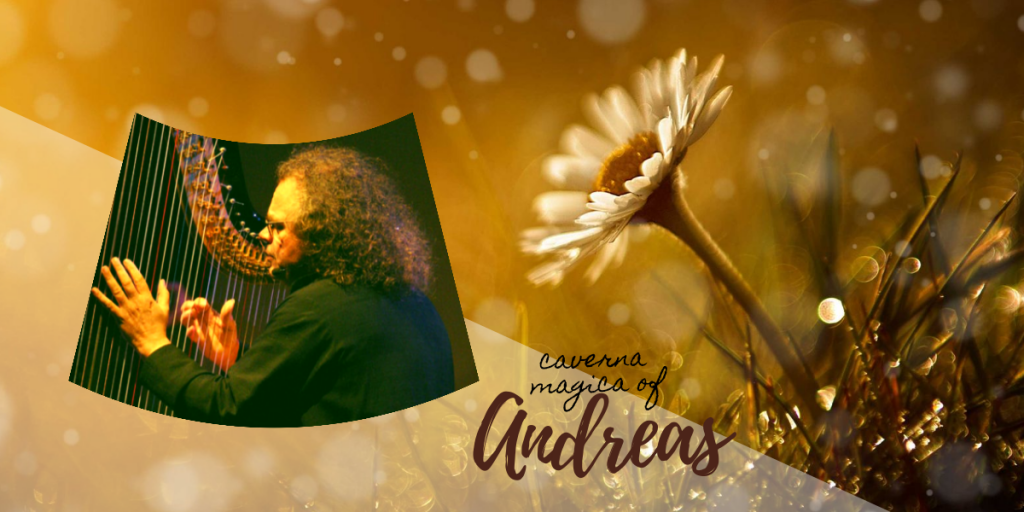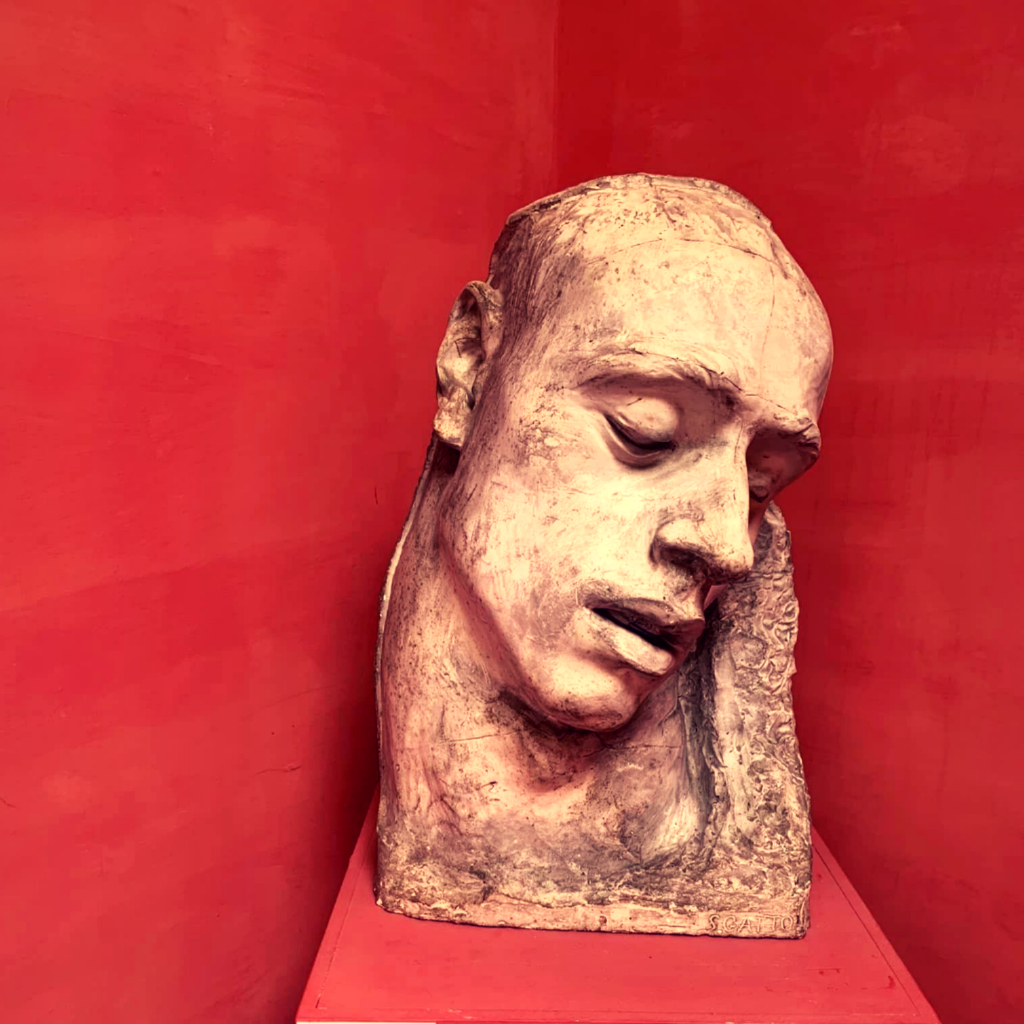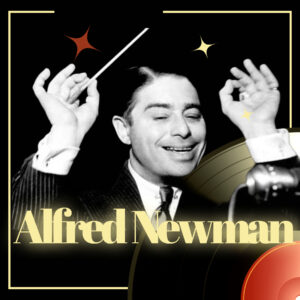
On the birthday of Andreas Wollenweider we share with you remarkable facts from the musician’s life.
1. The last public performance of Swiss new-age harpist was in 2011. It was a 30-year anniversary concert at the Montreux Jazz Festival, an unforgettable event.
2. Andreas writes songs with English Lyrics in 1993-94 - „Eolian Minstrel”. It was time to find new ways of expression. Walter Keiser remains, still being responsible for the pulse of the music. Joining the new ensemble: the American singer Eliza Gilkyson, vocals, guitars, percussion and keyboards, the German Eberhard Hahn, saxes, flutes & many more wind instruments, the two Swiss musicians Marc Portmann, guitars and Chris Wiesendanger, piano and keyboards.
3. The above-mentioned album became one of the stars in the constellation of albums, released during 1980-1990 in cooperation with various musicians involved. The official project name became „Andreas Vollenweider & Friends”, which was basically Andreas with Pedro Haldemann and Walter Keiser.
4. The close association with poetry has been a vivid feature of the musical path of Andreas for many years. Already in the early seventies, some of his musical projects became very successful, especially the trio „poetry & music" with René Bardet (guitars and recitation) and Orlando Valentini (guitars, bass and percussion). The fact that the lyrics were not sung, but spoken on top of the music, made it an early form of rap, though for the most part rhythmically free. Following the spirit of the time, the trio „poetry & music” was highly politically motivated and was very successful in the countries of German speaking Europe, performing their own music with lyrics of Heinrich Heine (1797), Francois Villon (1431), Pablo Neruda (1904) and Jacques Prévert (1904). The trio produced and released three albums.
5. Until 1976 the trio toured extensively, Andreas was playing a wide array of instruments, such as guitars, harpsichord, sax, flutes, fiddle or the Fender Rhodes stage piano. At the same time he began experimenting with various string instruments, following an inner voice, searching for a sound, an instrument with which he would be able to develop his own personal musical language. When his mother returned from a journey to England with the record „La Renaissance de la Harpe Celtique” of Breton and Celtic musician Alan Stivel, Andreas realized: the sound of the harp was very close to what had haunted him for such a long time.
6. It was only days later when he discovered a small celtic harp in a store in his hometown of Zurich. He borrowed the money from his mother, bought the instrument, went to his family's home, where he started playing and improvising right away. The familiarity was almost shocking to him, it was as if he had played this instrument already all his life. Instantly he started developing his own particular playing technique, which was a mixture between piano and guitar. The left hand mostly played the bass and the accompanying chords, very much like on a piano, while the right hand was plucking the strings similar to the technique of the classical guitar. It was the same evening that Andreas played his harp at a concert of his trio „poetry & music” in Riehen, a village near Basle in Switzerland. The song with the lyrics of Heinrich Heine was named „the little harpist”.
7. Andreas showed his talents as a multi-instrumentalist, while the harp did not play a prominent role then. The harp was also recorded in a more conventional way with microphones. Despite all these restrictions, the album can be seen as the "cradle of the Vollenweider sound," and even though the reaction for this original instrumental music was very enthusiastic, Andreas knew that he still had to continue the search. But it was quite clear to him that this unusual and charismatic instrument seemed to be more than just another instrument in his collection.



